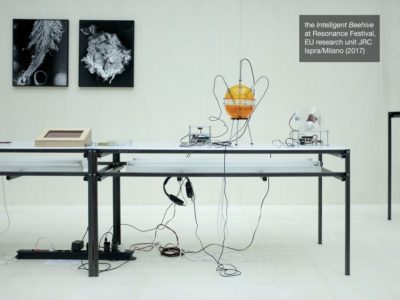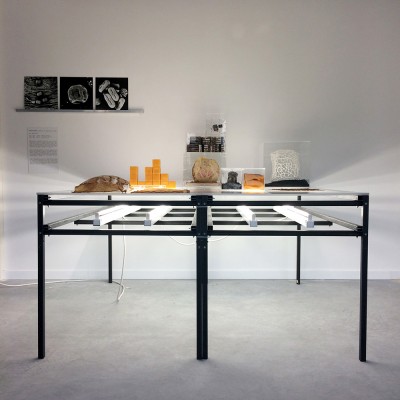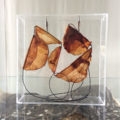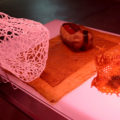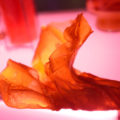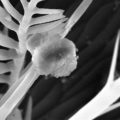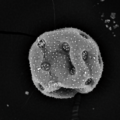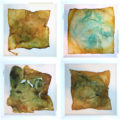My experiments with smart materials have been brought together under the label ‘the Laboratory for Form and Matter’. Here I study the processes by which nature operates and how I can use these processes to create my own intelligent materials. I experiment with a range of organic components and I measure their usability for art installations and design applications.
I test the public’s knowledge of visual perception and smells of a range of materials. I question what is natural and what it is not, what is fake or what is real. I set up cycles of material interactions that form a rhythm so that arts meets nature.
Plant cellulose is a very important biopolymer for the creation of new materials, because it is the most abundant organic compound on earth. An alternative is the microbial cellulose, a form of cellulose that is produced by bacteria, e.g. the G. xylinus bacteria.
Additives can change specific properties of the material as color or durability. I played with following natural additives: natural dyes from indigo, beetroot and cochineal, ground eggshells, pollen, wax and a selected choice of bacteria as Cyano bactera or E.coli bacteria.



